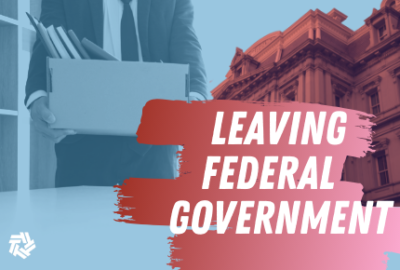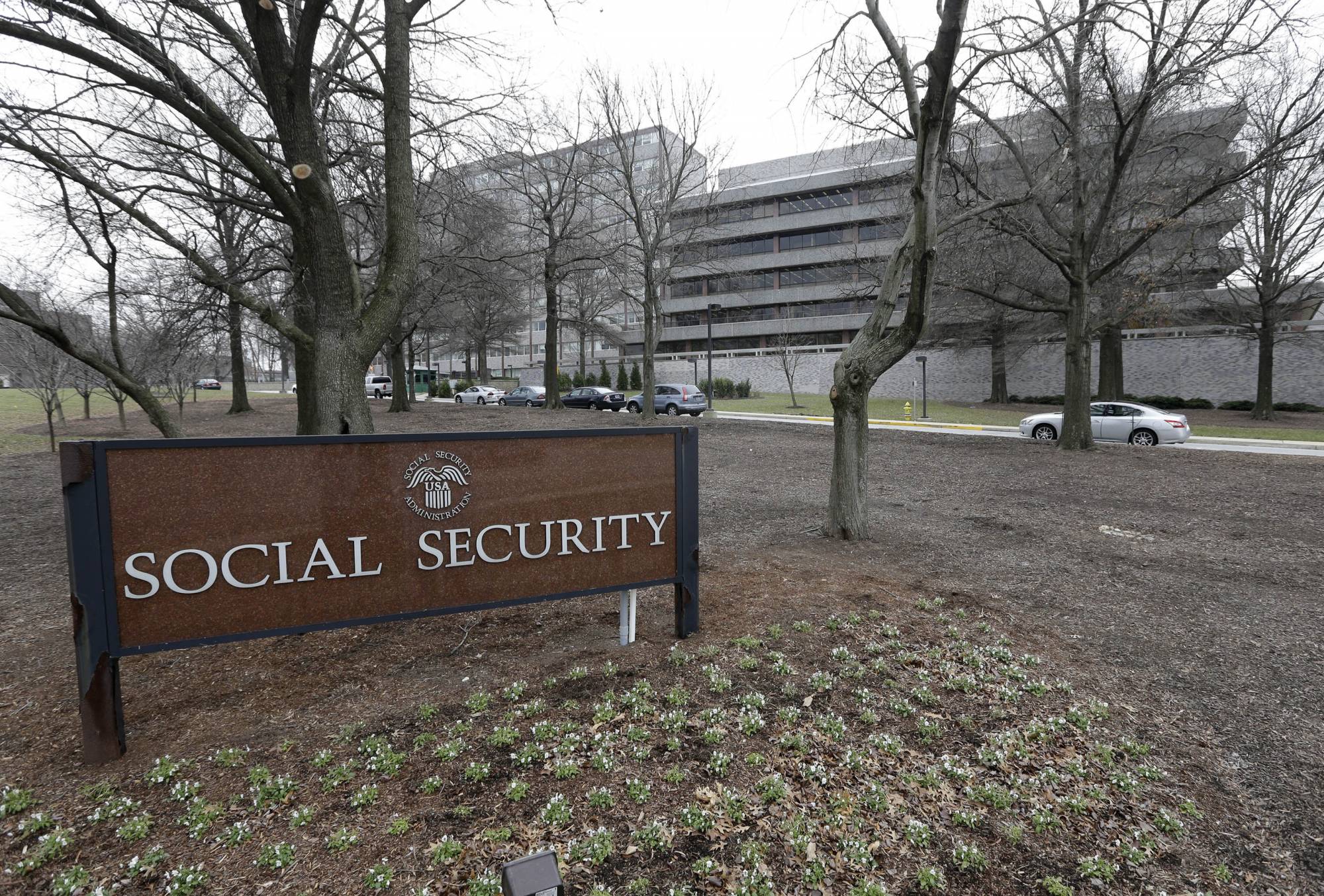SSA early retirement offers attract fewer than 200 employees
About 6,800 Social Security Administration employees were eligible for early-retirement offers, the agency said. Employees must leave the agency by Dec. 31.
The Social Security Administration continued its trend of offering early retirements to eligible employees in 2021, though early data suggests the agency had relatively few takers.
SSA offered a round of early retirement opportunities earlier this fall, according to emails that Federal News Network obtained and the agency confirmed.
About 6,800 SSA employees were eligible for an early retirement this year. About 175 employees, or slightly more than 2% of those eligible, have accepted the offer to date, an agency spokeswoman said in an email to Federal News Network.
Eligible SSA employees had until Nov. 26 to inform their supervisor of their intent to take the early retirement offer. They must leave the agency by Dec. 31, the date at which SSA’s early retirement authority from the Office of Personnel Management expires, the agency spokeswoman said.
SSA has offered early outs several times in recent years. The agency usually announces an early-out opportunity once a year, which the SSA spokeswoman said “allows us to rebalance resources to meet the changing service needs of the American public.”
But unlike past years, the Biden administration’s vaccine mandate adds another layer to the opportunity. Federal employees had until Nov. 22 to be fully vaccinated or submit a medical or religious exception request, and the vast majority of SSA employees have complied with the mandate.
But the timing of this year’s early-retirement window allowed those who were eligible for an early out a bit of leeway when it came to complying with the vaccine mandate, SSA confirmed.
“All employees are expected to comply with the vaccination requirement, however, we have reached agreement with our labor partners that any employee who informs management in writing of their plan to retire/separate and does so by the Dec. 31, 2021 date will not be subject to enforcement of the requirement,” the SSA spokeswoman said.
At least 90.3% of the SSA workforce has at least one vaccine dose, and 97.7% of the agency’s employees were either partially vaccinated or had a medical or religious exception request pending or approved, according to data the Office of Management and Budget provided last week.
As has become the norm with early retirements from agencies in recent years, SSA’s offers don’t come with any additional monetary incentives.
To be eligible for an early retirement, employees must have 20 years of creditable service and be at least 50 years of age, or have at least 25 years of service time at any age.
“Employees must be serving under a non-time-limited appointment, have been continuously on SSA’s rolls since at least 31 days prior to Nov. 20, 2020 and employees cannot be in receipt of a decision of involuntary separation for misconduct or unsatisfactory performance,” SSA’s early retirement notice, which Federal News Network obtained, reads. “In addition, employees under the Civil Service Retirement System (CSRS) must have served in a CSRS position for at least one year out of the one years immediately before retirement. This last requirement does not apply to employees under the Federal Employees Retirement System (FERS).”
To keep their federal health insurance coverage in retirement, eligible employees must have been covered under the Federal Employees Health Benefits Program for at least the last five years of their government service.
“However, the Office of Personnel Management will grant pre-approved waivers to employees who have been covered under the FEHB Program continuously since the beginning date of the agency’s latest early out authority (Dec. 16, 2020) and retire through voluntary early retirement during the early out period,” the SSA notices read.
SSA offered early retirements in 2012, 2014, 2017 and 2019. In the past, anywhere from 3-to-4 % of those eligible took the early retirement offer.
According to a 2019 Government Accountability Office report, about 27% of the SSA workforce was eligible to retire by 2022.
Copyright © 2024 Federal News Network. All rights reserved. This website is not intended for users located within the European Economic Area.
Nicole Ogrysko is a reporter for Federal News Network focusing on the federal workforce and federal pay and benefits.
Follow @nogryskoWFED






